This gallery shows 27+ high-quality and best-resolution Human Liver PNG Images, Vectors, Stickers, logos, Icons, and Clipart Pictures with transparent backgrounds. Free download all these Human Liver PNG images for graphic design, projects, presentations, web design, editing, and other works.
Human Liver PNG Images:
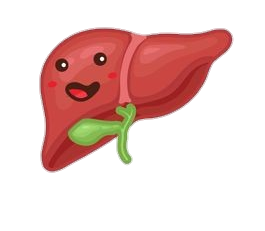
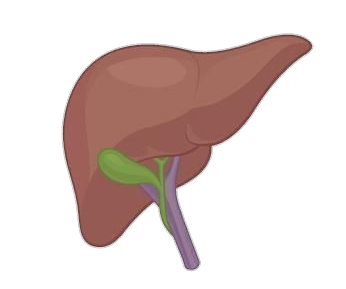
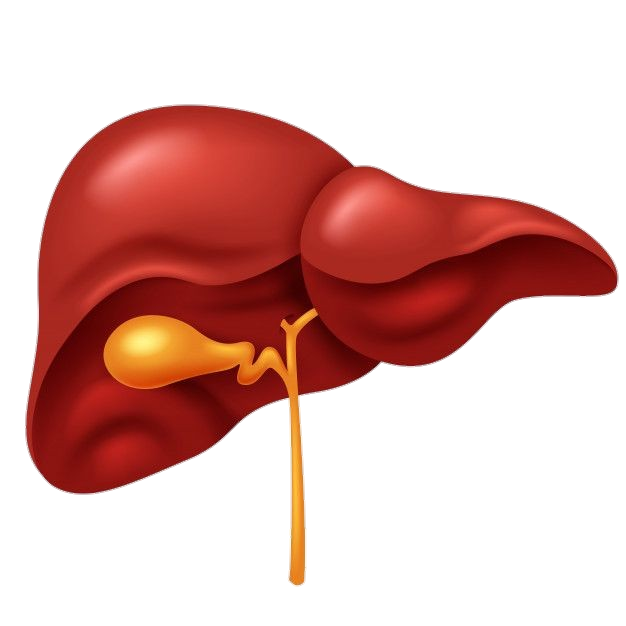
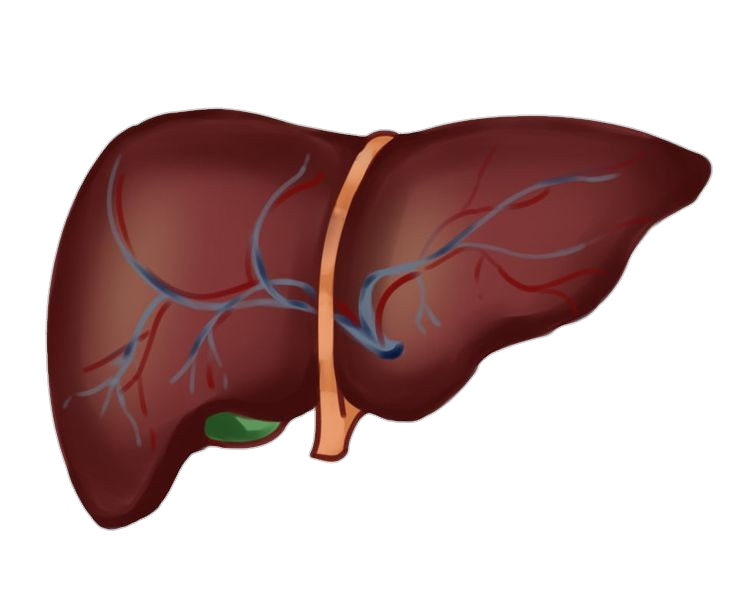
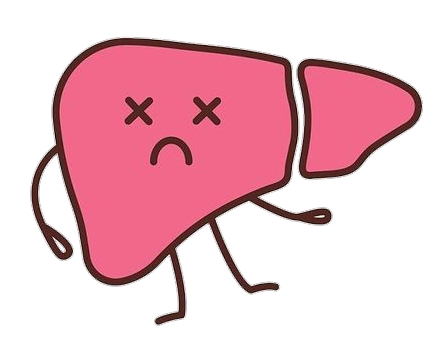
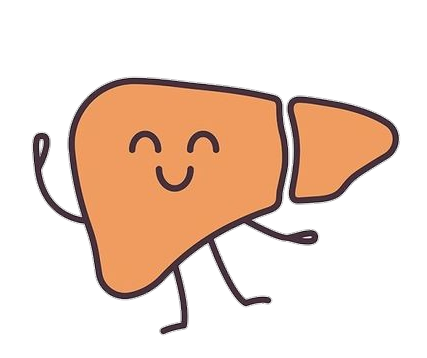
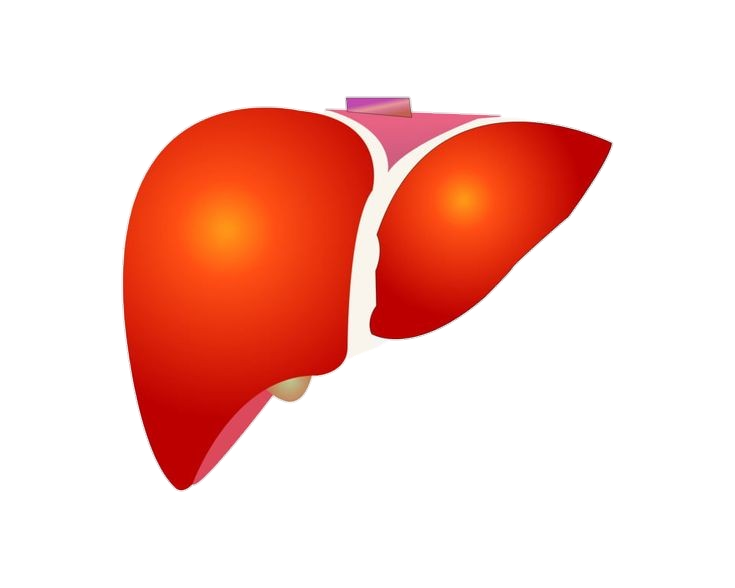
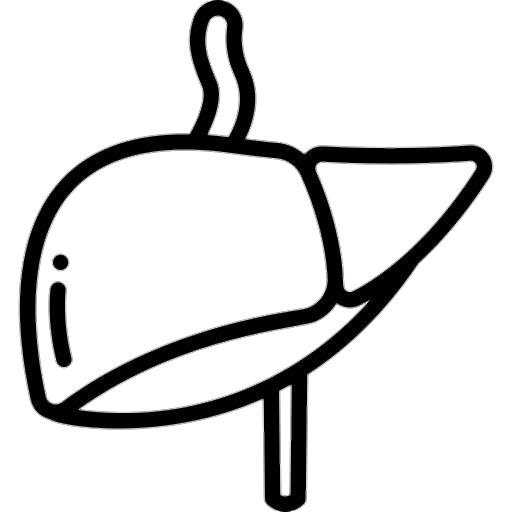
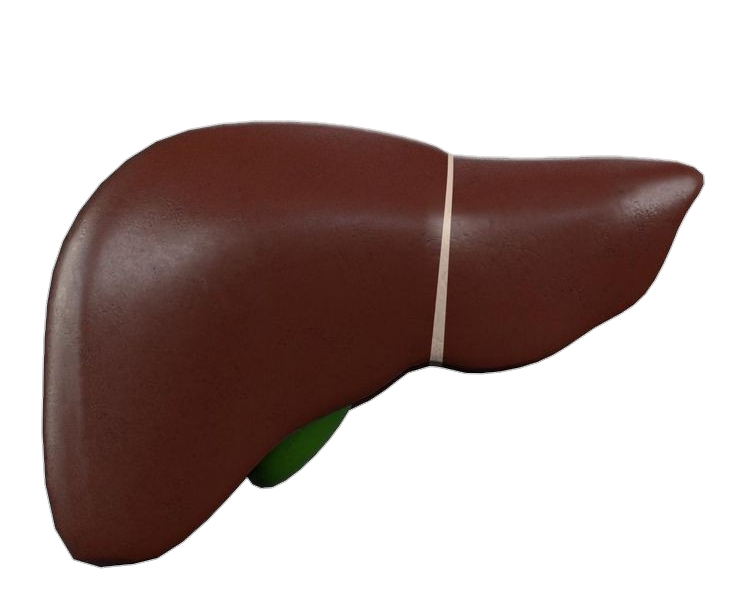
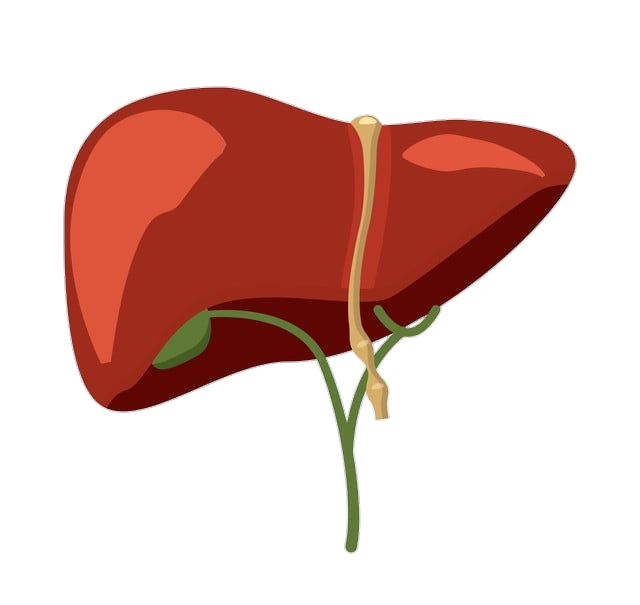
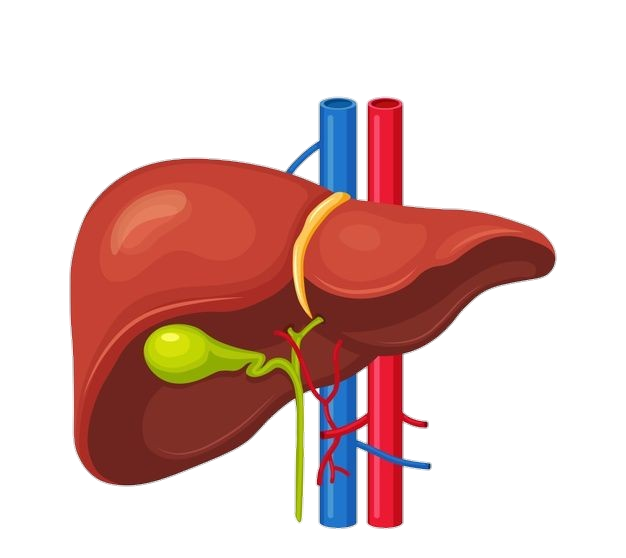
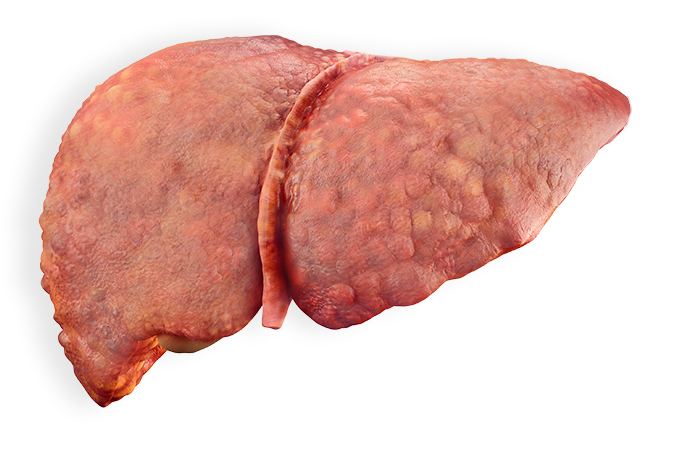
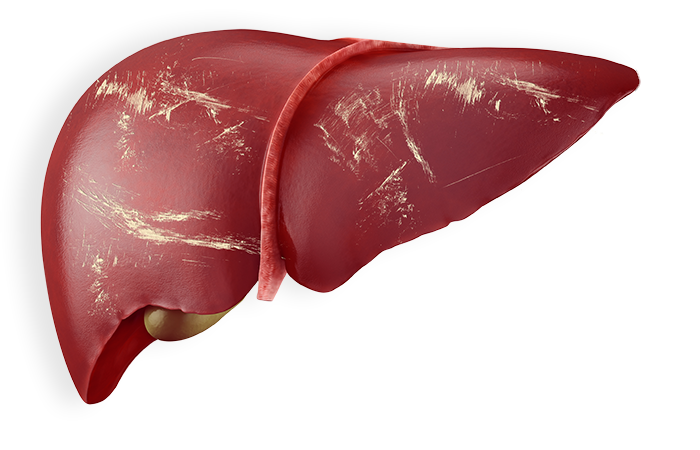
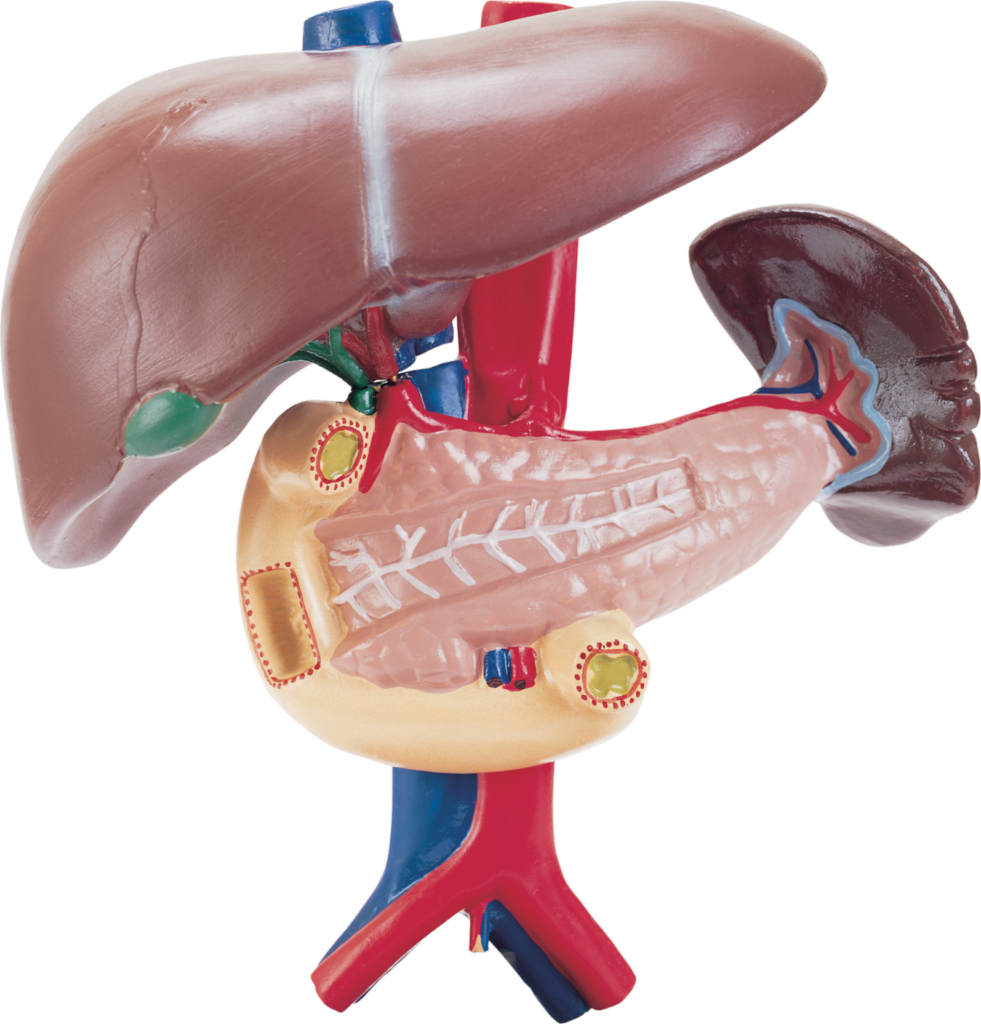
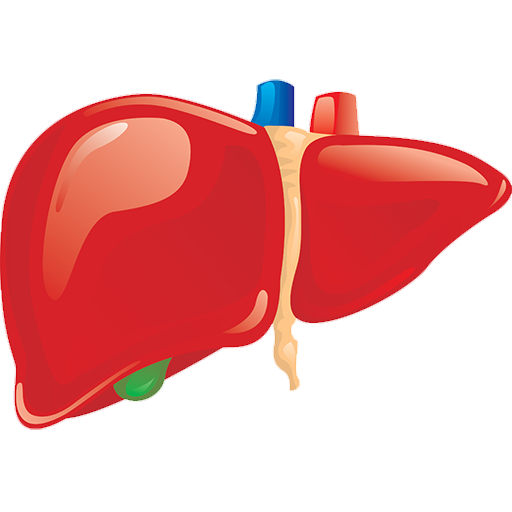

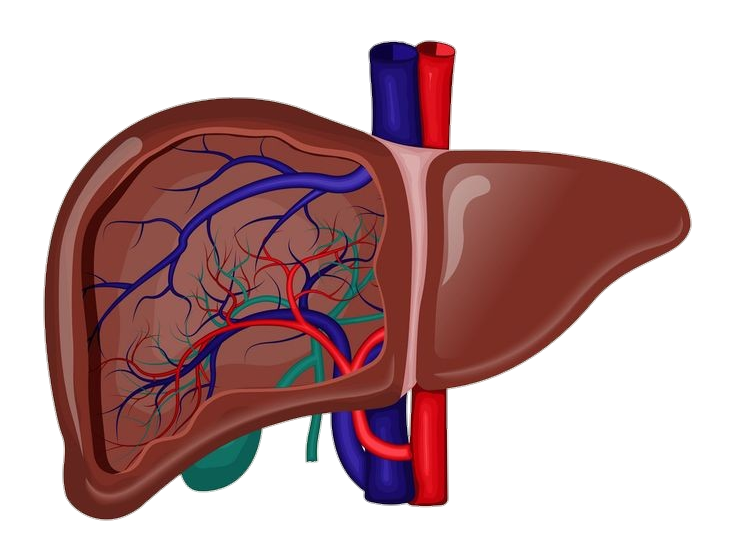

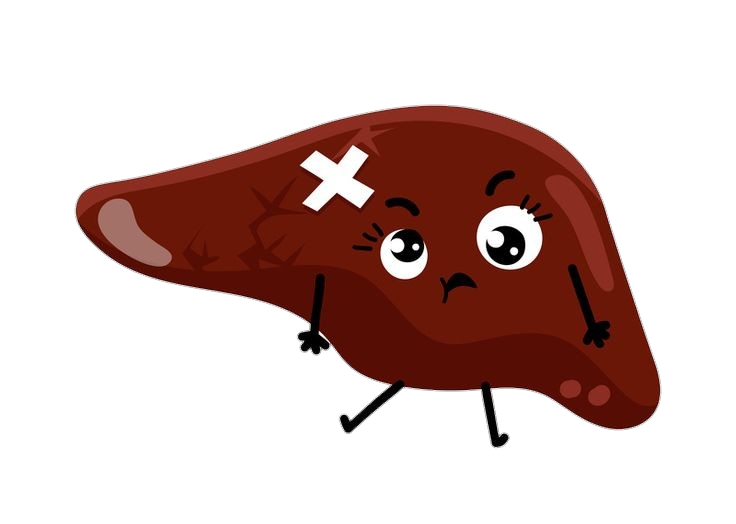
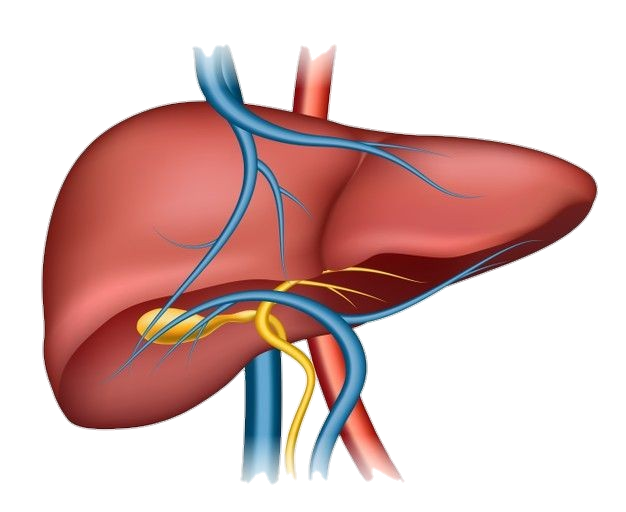
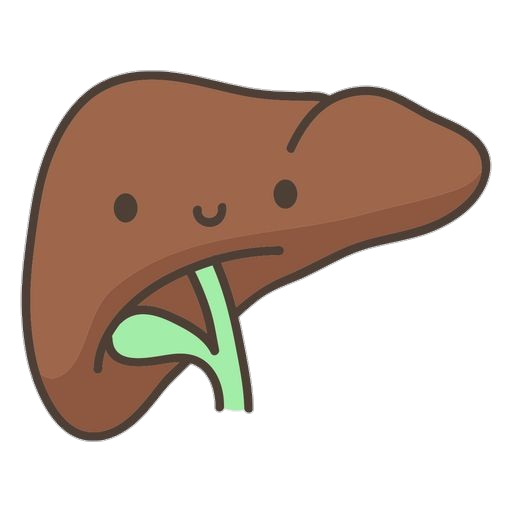
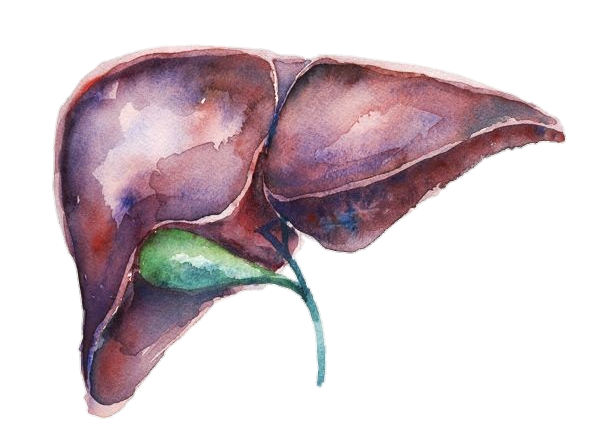
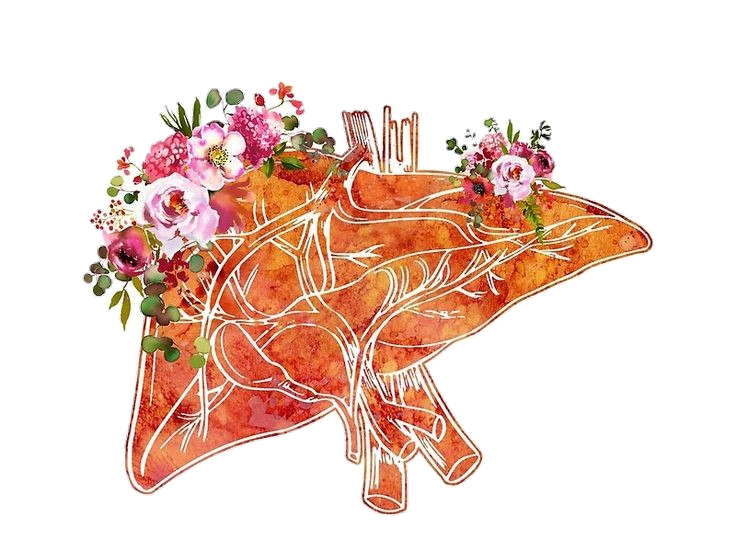
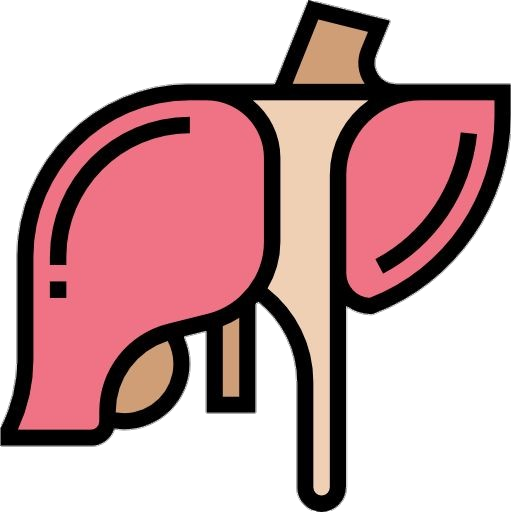
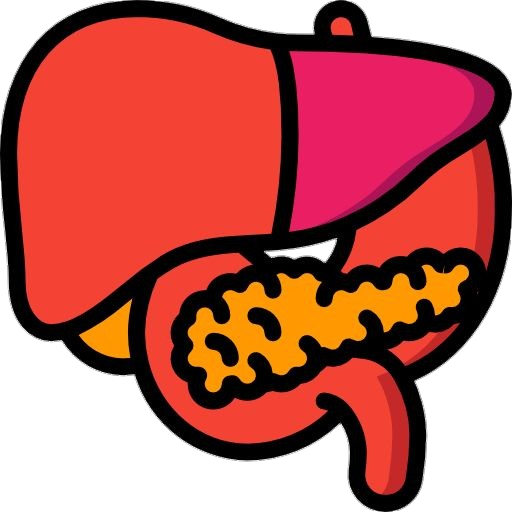

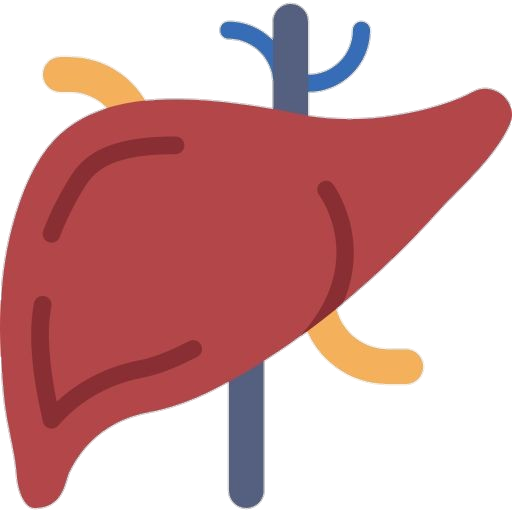
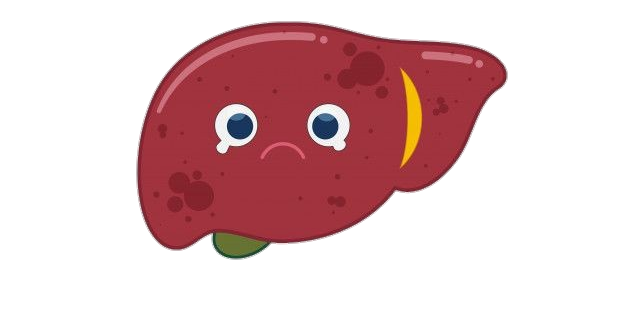
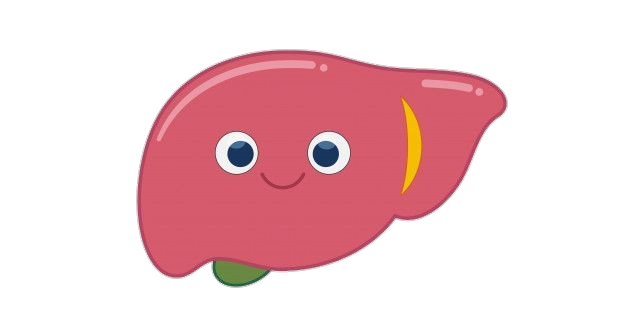
The human liver is a vital organ located in the upper right of the abdomen, just below the diaphragm. It is the largest internal organ in the body and plays a crucial role in various physiological processes.
The liver is a reddish-brown, wedge-shaped organ that weighs about 1.5 kilograms (3.3 pounds) in adults. It is divided into two main lobes: the larger right lobe and the smaller left lobe. The liver is further divided into smaller lobes known as lobules. Blood vessels, bile ducts, and specialized liver cells called hepatocytes are found within these lobules.
The liver performs numerous functions essential for maintaining overall health and well-being. Some of its key functions include:
Metabolism: The liver is involved in various metabolic processes, including the conversion of nutrients into usable forms, storage of vitamins and minerals, and the production of glucose, which is vital for energy production.
Detoxification: It plays a central role in the detoxification and elimination of harmful substances from the body, including drugs, alcohol, and metabolic waste products. The liver breaks down these substances and converts them into less harmful forms that can be excreted.
Bile production: The liver produces bile, a greenish-yellow fluid that aids in the digestion and absorption of fats. Bile is stored in the gallbladder and released into the small intestine when needed.
Protein synthesis: The liver synthesizes various proteins, including blood clotting factors, albumin (which helps maintain blood volume and transport substances), and proteins involved in immune function.
Storage: The liver acts as a storage reservoir for glycogen (a form of stored glucose), vitamins (such as vitamins A, D, and B12), and minerals (like iron and copper), which can be released into the bloodstream when needed.
Regulation of cholesterol: The liver helps regulate cholesterol levels by producing cholesterol and removing excess cholesterol from the bloodstream.
Immunological function: It plays a role in the body’s immune response by producing immune factors and removing bacteria and foreign particles from the blood.
The liver is susceptible to various diseases and conditions, including hepatitis (inflammation of the liver), cirrhosis (scarring), fatty liver disease, liver cancer, and others. These conditions can impair liver function and may require medical intervention or, in severe cases, a liver transplant.
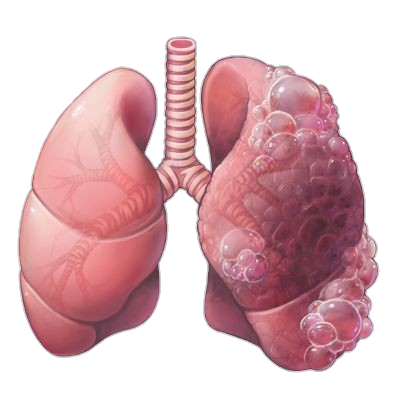
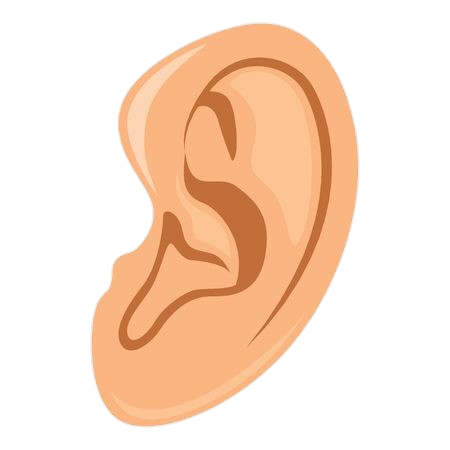
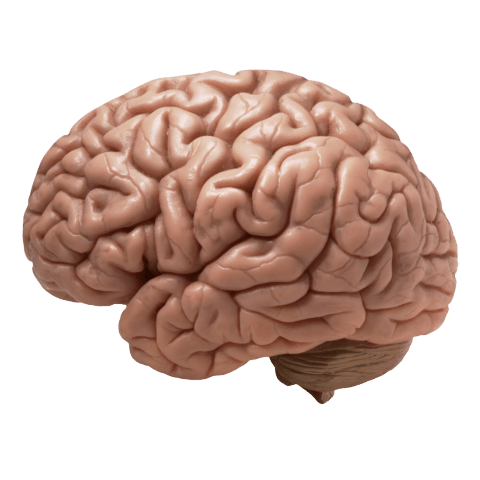
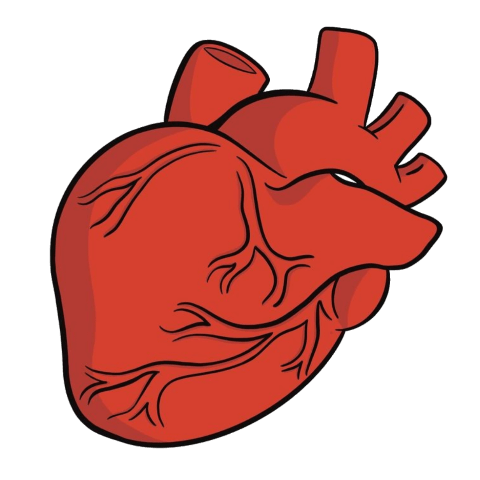
Leave a Comment
Instagram